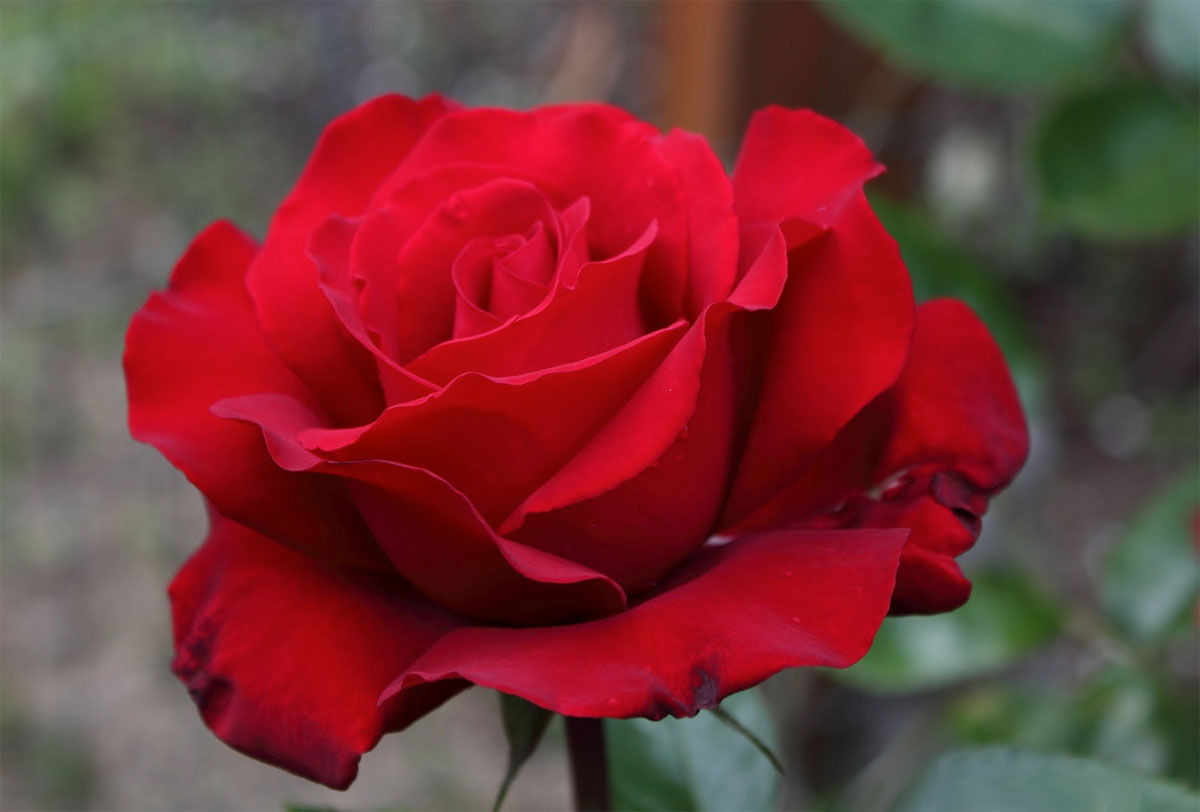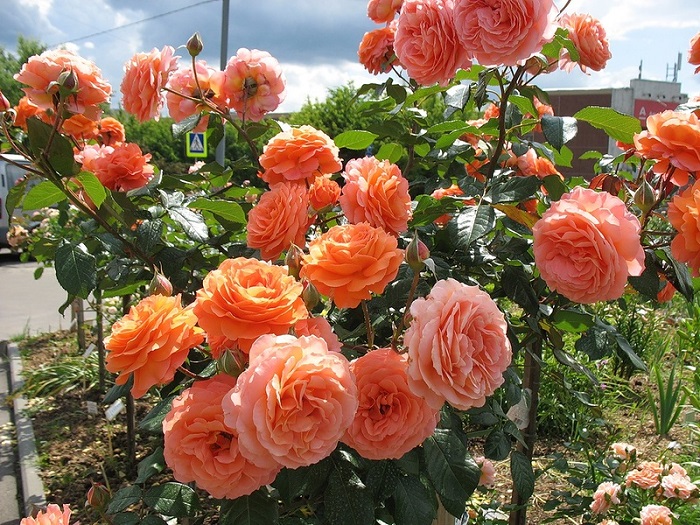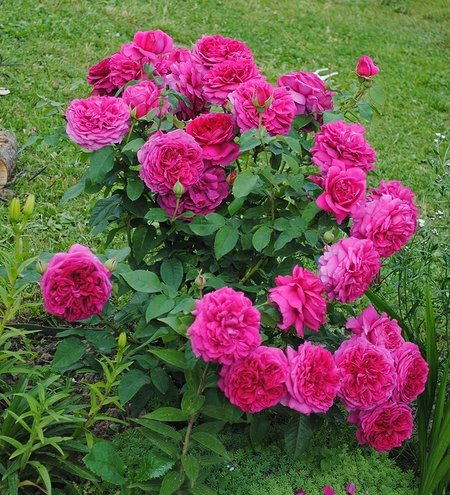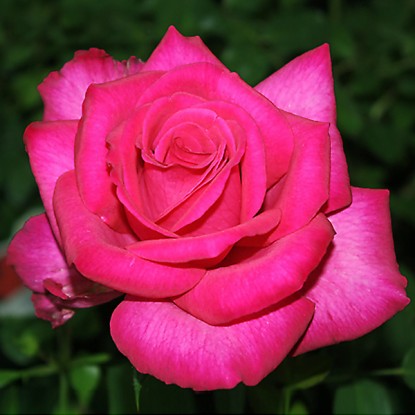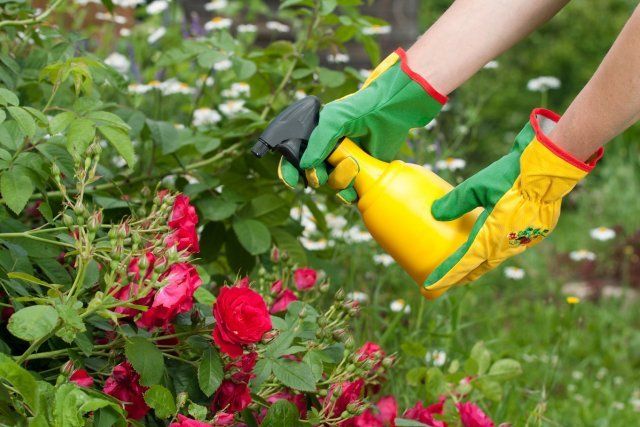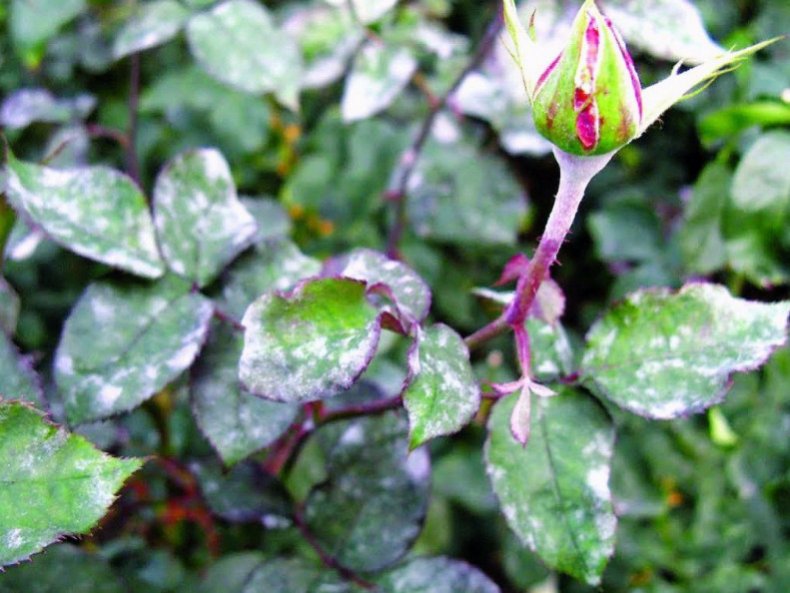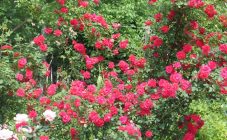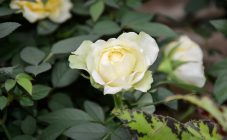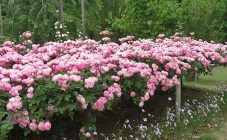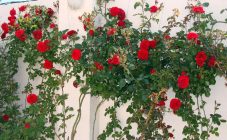Content:
Rose is the "queen of flowers". For more than one century it has been the main decoration of garden plots almost all over the world. Rose varieties with large buds are considered one of the best representatives of their kind. They look luxurious both in bouquets and in rose gardens and on flower beds, and a large rose "preserved" in a flask will be a wonderful gift for any celebration.
Large-flowered roses are quite capricious. To grow them in your garden, you need to familiarize yourself with the features of its cultivation.
Description of the largest roses
It is difficult to choose the best among the various varieties of roses, each of them is distinguished by originality. The breeding groups of large-flowered roses include:
- English roses by David Austin - are distinguished by large luxurious buds with a heady strong aroma, picturesque color and repetitive flowering. These roses can grow in the shade, they are resistant to various diseases.
- Roses of the Topalovich brothers are winter-hardy. The seedlings take root well, form strong buds and good shoots. Roses have huge buds (over 12 cm in diameter) and petals with wavy edges. Resistant to common diseases.
- Hugh Dixon - very large flowers. Petals are densely double, crimson with a red tint. They begin to bloom profusely at the beginning of the warm season, and towards the end of summer they bloom again, but there are already fewer flowers on the bush and they are slightly smaller.
Characteristics of the popular varieties of the largest roses
Luxurious roses with large buds always attract a lot of attention and delight. Among them are the TOP 10 most popular varieties.
Duftsauber
Flower diameter 11 cm. The shade of the petals is dark red. Does not fade and is not afraid of rain. Strong fruity aroma.
Gazebo
Shrubs of German selection. The buds are large (8-13 cm in diameter) with wavy petals, orange-peach shade.
Miss Piggy
The diameter of the bud is from 9 to 12 cm with pink petals outside and peach in the middle. The aroma is light, pleasant. The bud is shaped like a glass.
Helen Robinson
The diameter of the flower is 12-13 cm. The color of the petals is pink, the buds firmly adhere to the bush, exudes a fruity aroma.
Diamonds Forever
The variety is distinguished by very large buds (diameter 12-14 cm). The petals are light yellow with a creamy white tint.
Lady of Meginch
The flower belongs to the Austin rose group. The diameter of the bud reaches 14 cm.The flowers are densely double, rosette-shaped and bright pink.
Karen Blixen
The buds are large, with sharp ends, white. Diameter - 10-15 cm. Has a fruit aroma. It grows best in hot, dry conditions. if moisture gets in, red spots may appear on the petals.
Gloria Day
The diameter of the rose reaches 16 cm. Winter-hardy variety, perfect for breeding. Lush cut roses can be stored in water for up to 6-8 days.
Polka
At the final stage of flowering, the buds reach a diameter of 17 cm. The petals are peach-colored and have a wavy edge resembling crepe paper, fade in the sun, acquiring a creamy border.
Password
Home rose, large, hybrid tea. The largest roses in the ranking. They can grow up to 20 cm in diameter. Terry buds are cup-shaped, shade of pale purple (fuchsia).The flower is incredibly beautiful, but, unfortunately, it quickly loses its shape, and in hot weather on a hot day, the edges of the petals can "melt". The plant does not tolerate rainy weather, from an excess of moisture it can get sick with powdery mildew. The scent of a rose is a mixture of various spices and honey, it can be heard at any time of the day, the aroma is most vividly revealed at noon, in sunny weather.
The large roses presented in the rating have large buds consisting of 20 or more petals.
Rules for growing and caring for large varieties
Any rose, and especially one with large buds, requires careful maintenance. The largest roses have their own characteristics of watering and feeding.
A step-by-step description of planting and subsequent care for large roses:
- When planting, the stem is tied to a support.
- The root collar of the seedling is deepened 5 cm into the ground.
- The soil is well loosened and undermined.
- In late March and early April, the shoots are pruned, leaving stems 20 cm from the ground.
- Top dressing is carried out several times.
Roses are fed as follows:
- At the beginning of April, nitrogen fertilizer is used (in the proportions of 1 tablespoon of fertilizer per 10 liters of water). In mid-April, rotted manure is added to the soil; fertilization can be applied at the beginning of the next month, but only if the April feeding was missed.
- When feeding in May at the beginning of the month, ammonia fertilizer or urea is used (10 liters of water + 1 tablespoon of feeding), and in mid-May you can use organic matter (to prepare such a mixture, you need to take grass from a summer cottage and fill it with water, the mixture is insisted for 10 days, and then water each bush 3-4 liters).
- At the beginning of summer (at the first budding), it is recommended to introduce chicken manure (in proportions 1: 1 - a large bucket is filled one half with manure, and the other half with water), which should be infused in advance for 7-10 days.
- In July, the first wave of flowering usually ends, so it is worth adding a mixture of phosphorus and potassium. For example, you can use the universal kemira.
- Then (10 days after the first July feeding), you can once again use fertilizer from mullein or ordinary herbal infusion.
- The next top dressing is applied in mid-August. For her, again, universal kemira is used.
- The last feeding is carried out in the fall. For her, it is better to use a mixture with magnesium and potassium. For example: potassium magnesium.
Many varieties of large-flowered roses are poorly resistant to diseases such as:
- Black spot. It appears as dark spots with a lilac sheen with clear outlines. Diseased leaves quickly turn yellow and die. For treatment and prevention, it is necessary to use Bordeaux liquid or an infusion of nettle or horsetail (alone or a mixture).
- Powdery mildew. The foliage is covered with white grains, forming a white bloom that is easily erased. To combat, it is necessary to remove the densely growing branches and spray the plant with a 1% solution of Bordeaux liquid.
- Downy mildew. The outer part of the foliage is covered with reddish-brown spots, and the inner part is covered with a grayish bloom that cannot be erased. Diseased bushes must be watered carefully, not getting water on the leaves. It is necessary to spray with infusions of horsetail, nettle, sow thistle. You can feed the rose with potassium.
- Rust. It is expressed in brown, brown and yellow spots on the leaves. It is advisable to spray the bush with a mixture of copper sulfate and soap or Bordeaux liquid.
- Gray rot. It affects shoots and buds, covering them with gray mold. Infected parts of the flower dry quickly and fade. In order to combat, it is necessary to add manganese to the soil and spray with Bordeaux liquid.
Today, many flower growers have a wide selection of elite large-flowered varieties of roses.They are demanding to care for, but in return they are able to decorate a flower bed or vegetable garden throughout the summer season. In addition, many of them, in addition to external beauty, also give a heady aroma.
